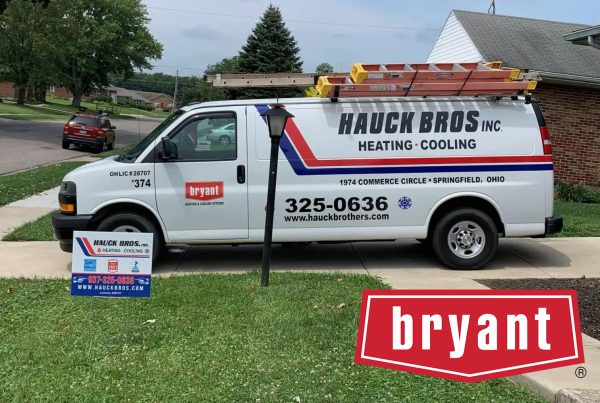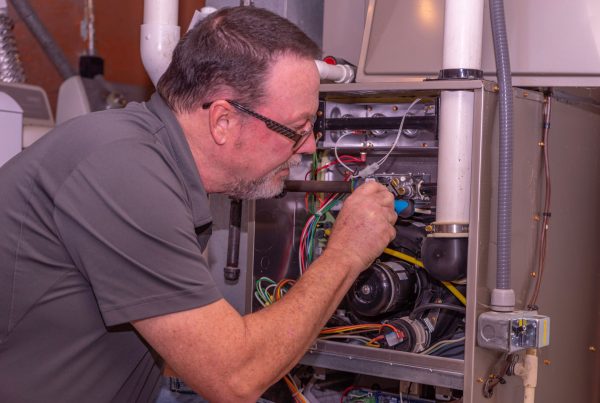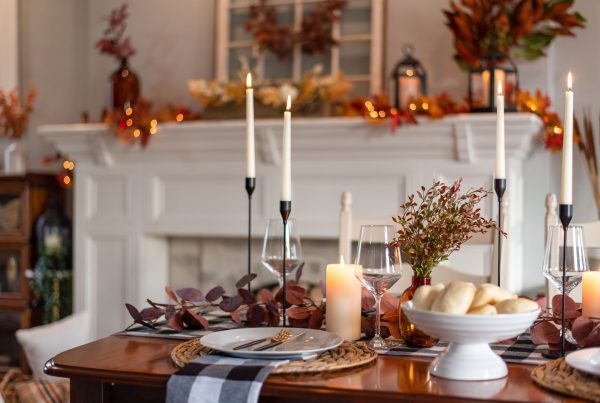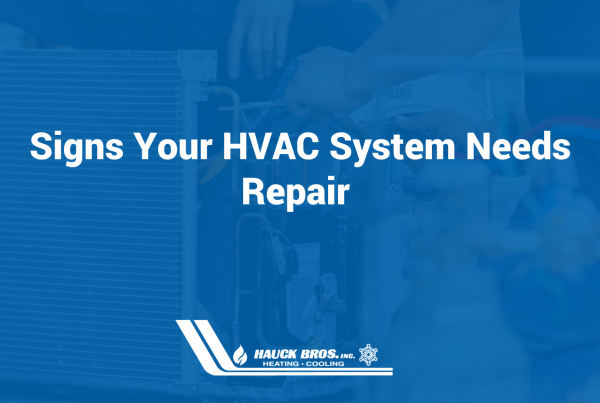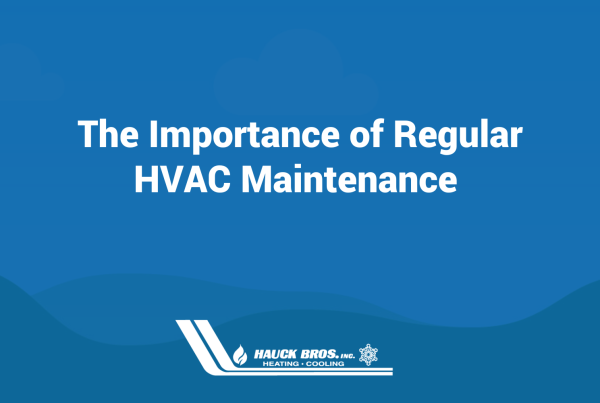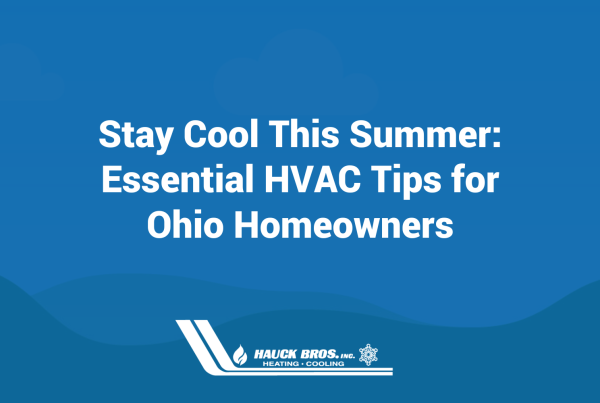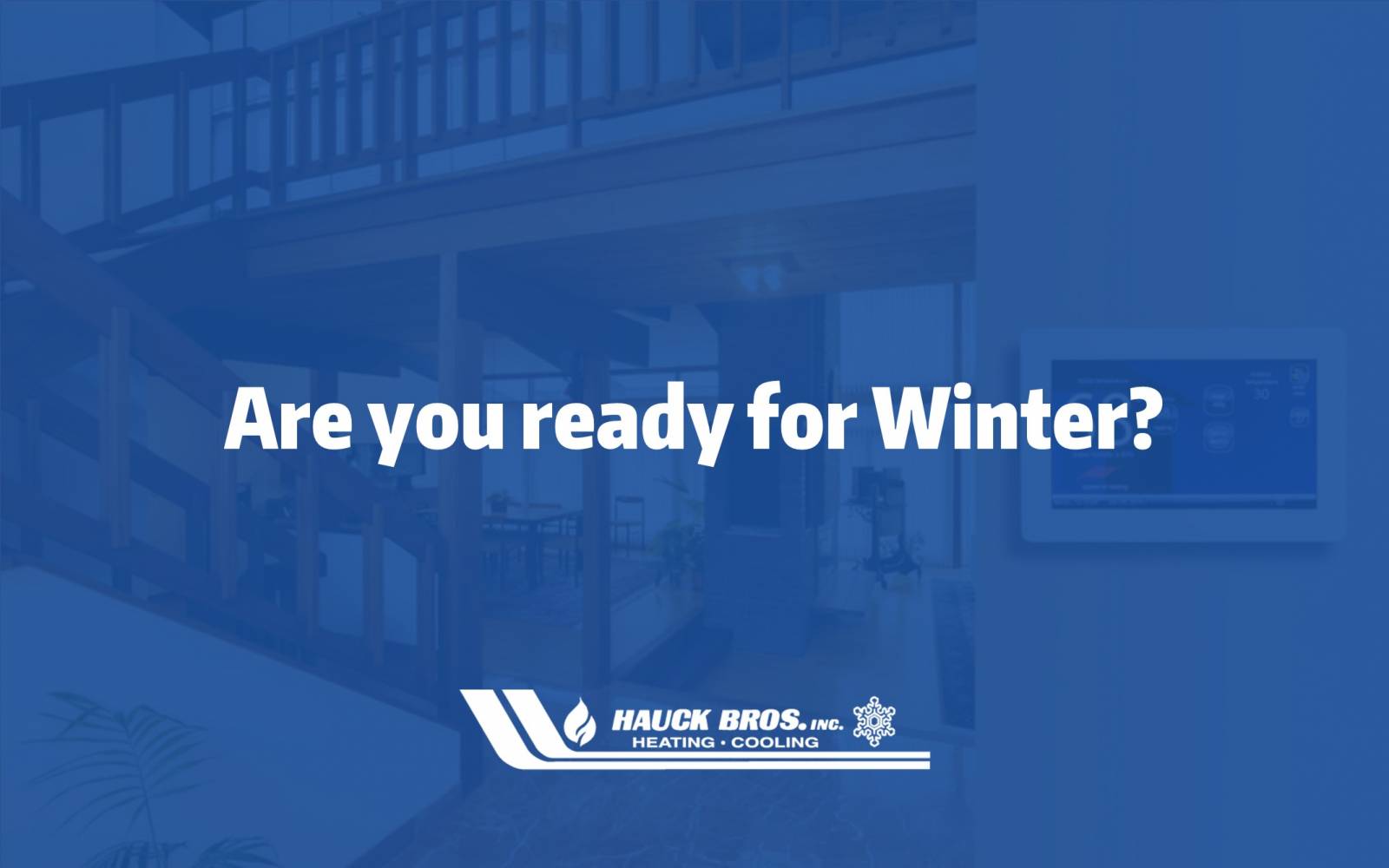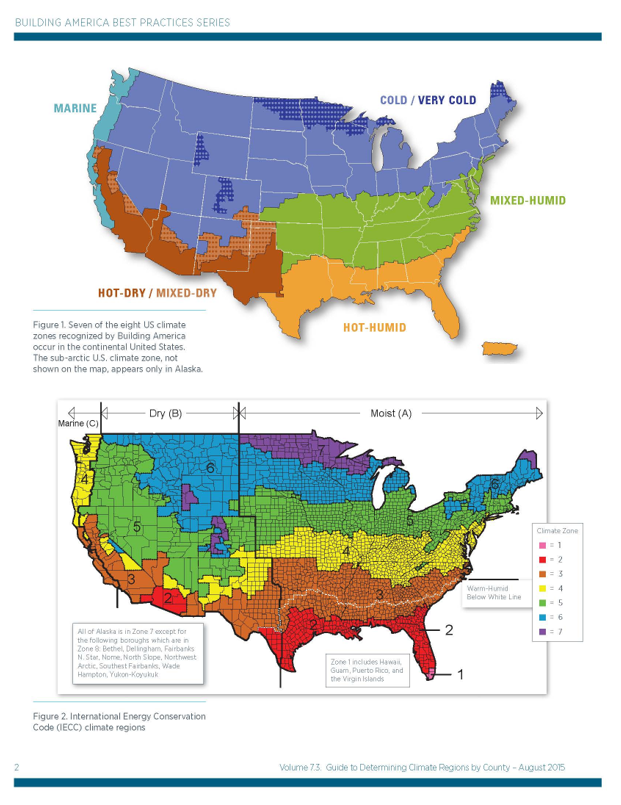
In the winter, humidity levels in your home can reach uncomfortable lows due to the combination of your heating unit and the dry outdoor air. This can cause a slew of problems like dry, cracked skin, dry eyes, and even respiratory issues. Luckily, there are lots of tricks and methods you can use to raise your home’s humidity. Check out 8 of our best tips for keeping your home’s humidity levels comfortable all season long.
1. Boil water on your stove
One simple, tried-and-true way to increase your home’s humidity is to boil a pot of water on your stove. As the water heats up, moisture is released into the air. Similarly, you can place bowls or cups filled with water around your home, on top of radiators or other sources of heat. This will allow the water to evaporate and increase humidity.
2. Air-dry your laundry
Instead of using your dryer, try air-drying your clothes in the winter. Get a drying rack to hang your recently washed items and set it near a radiator. With this method, you’re killing two birds with one stone – drying your clothes and adding humidity to your home at the same time. Plus, you’ll likely save money on your energy bills from the reduced dryer usage.
3. Get some houseplants
Adding indoor plants to your home isn’t just for decoration. Houseplants help purify the air in your home and raise humidity through transpiration. This process occurs when water absorbed by the plant’s roots is circulated through the stem and up to the leaves. At that point, it gets released into the air, adding moisture. Keep your plants hydrated by watering and misting regularly for the best results.
4. Utilize your shower steam
When you shower, the steam adds plenty of humidity to your bathroom. Take advantage of this steam by leaving your bathroom door open during showers, if possible, to disperse the moisture through a wider area of your home. In addition, keeping the bathroom fan turned off will keep moisture levels high. If you take baths, consider leaving the water in the tub to cool before draining. This will allow water vapor to further humidify your home.
5. Cook at home often
Like the boiling water tip, cooking meals can also boost your home’s humidity levels. Whenever you cook food at home, especially when it involves boiling something like pasta or potatoes, moisture is released into the air. Leave the lids off pots and pans as you cook to allow the condensation to accumulate and increase humidity.
6. Upgrade your doors and windows
Inefficient windows and doors let out both heat and moisture from the inside of your house. Installing newer doors and windows can resolve this issue, keeping that humidity from leaking outside. For a less costly option, you can use sealants or weather stripping to seal cracks and leaks.
7. Install a humidifier
By far, the most effective way to raise your home’s humidity is to install a humidifier. While single-room, portable humidifiers can provide some relief, a whole-house humidifier is the most efficient option.
There are different types of whole-house humidifiers that can raise your entire home’s humidity, like bypass humidifiers or powered humidifiers. The kind that will work best for you depends on your home, your needs, and your budget. Guidance from a professional HVAC company can help you determine the best fit.
8. Get professional assistance
If you’re struggling with low humidity in your home, reach out to an HVAC professional. Apart from a humidifier installation, many of these tips will only take you so far. HVAC experts An HVAC expert like Hauck Brothers can examine your home and identify the best options for your specific needs. Contact us today to learn how we can help raise your home’s humidity and keep your family comfortable this winter.
Related Posts
